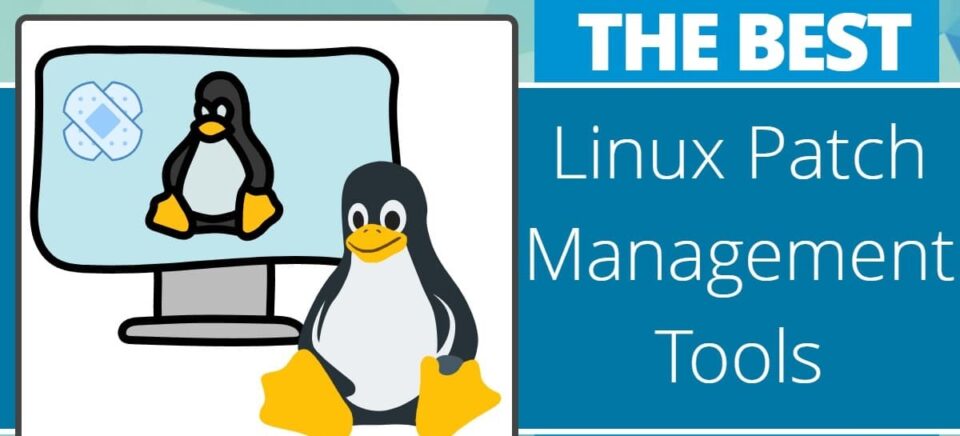Welcome to your comprehensive guide on Linux patch management. Here, we’ll dive deep into the essentials of keeping your Linux systems secure and up-to-date. Let’s embark on this journey to understand why patch management is crucial and how to efficiently execute it.
Understanding Linux Patch Management
Linux patch management is the process of managing updates for the software on Linux systems. These updates are necessary to fix bugs, address security vulnerabilities, and improve functionality. Regular patching helps prevent security breaches and other serious issues in your Linux environment.
Why Is Patch Management Important?
Security is the main reason patch management should be high on your priority list. Unpatched software is a prime target for hackers. By regularly updating your system, you reduce the risk of cyber attacks and ensure your data remains protected. Moreover, patches can also bring new features and enhancements that improve the overall performance of your system.
Planning Your Patch Management Strategy
To begin, assess your current Linux infrastructure. Identify which systems are critical and categorize the software running on each. This initial assessment will guide your patching priorities and schedules.
Next, choose a patch management tool that aligns with your needs. Many tools offer automation features that simplify the process, ensuring patches are applied as soon as they are released.
Choosing the Right Tools
Several patch management tools are available for Linux, including popular options like Red Hat Satellite, SUSE Manager, and Canonical’s Landscape. Each tool has unique features but generally, they help you automate the patch deployment process, report on patch status, and manage multiple systems easily.
Best Practices for Effective Patch Management
- Automate where possible
Automation can significantly reduce the manual effort required in applying patches and help you maintain consistency across your systems.
- Test patches before deployment
Setting up a test environment to verify patches before rolling them out can prevent potential disruptions caused by faulty updates.
- Schedule regular patch reviews
Regularly review your patch management process to ensure it meets the evolving needs of your Linux environment.
Addressing Challenges
One common challenge in patch management is ensuring that all systems are consistently updated. This is particularly tricky in large environments with diverse systems. Using centralized patch management tools can help address this issue by providing a unified view of patch status across all systems.
Another challenge is the downtime associated with applying patches. To minimize this, plan patch deployments during off-peak hours and ensure you have adequate rollback plans in case an update goes wrong.
Conclusion
Effective patch management is a key component of maintaining the security and efficiency of Linux systems. By choosing the right tools, automating processes, and following best practices, you can streamline your patch management efforts and safeguard your systems against vulnerabilities.
Remember, staying proactive about patch management is not just about security; it’s about ensuring the stability and reliability of your IT infrastructure. Embrace this solution and you will see significant improvements in your system management and security posture. Let’s prioritize patch updates and keep our systems robust and secure.

